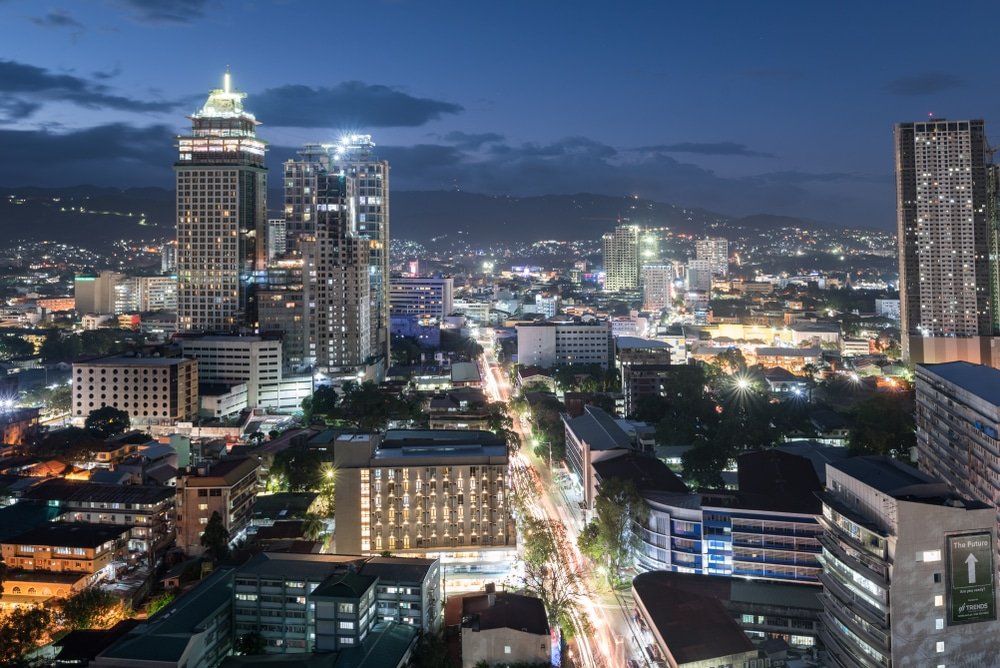The Cebu Electricity Rights Advocates (CERA) urged the Energy Regulatory Commission (ERC) to review the existing system loss cap, arguing that it contributes to rising power costs and affects Cebu’s business competitiveness.
CERA convenor Nathaniel Chua pointed out that electric cooperatives are allowed a system loss limit of 12%, which significantly increases consumer electricity rates. “We found that one primary reason for the increasing electricity rates among electric cooperatives is their high system loss cap,” he stated. “These losses are then transferred to consumers, resulting in disproportionately high electric bills.”
Chua added that when electricity bills surpass actual usage, it places an unfair burden on consumers. He warned that such a system discourages strict quality control and allows service providers to grow complacent.
(Also read: Consumer Group Urges Stricter Price Monitoring)
Power shortages in Malapascua
CERA underscored the need to tackle system loss issues as Cebu faces ongoing electricity shortages, especially in areas served by Cebu Electric Cooperative (CEBECO). The cooperative revealed planned six-hour power outages on January 25 and 28, causing setbacks to business activities.
Chua stressed, “These disruptions harm the business sector and could discourage potential investors from considering Cebu as a viable investment destination.”
Last July 2024, CEBECO officially ended its agreement with PowerSource Philippines, Inc. (PSPI) due to substandard electricity service in Malapascua Island in Daanbantayan, a major tourist destination, reported to receive over a thousand visitors a month.
Daanbantayan once ranked as the fourth most visited destination in Central Visayas. The town is renowned for its pristine beaches and stunning dive sites, particularly around Malapascua Island, where divers flock to witness the majestic thresher sharks.
In 2022, Central Visayas recorded 3.6 million tourist arrivals, according to the Department of Tourism. This marked a 203.84% increase from the 1.18 million visitors the region received in 2021.
In response to this pressing energy crisis, the Cebu Provincial Government sought approval from the Department of Energy (DOE) to take over power generation, ensuring a stable electricity supply for the renowned tourist destination.
The contract termination followed a formal Dispute Notice issued by CEBECO after PSPI repeatedly failed to meet service requirements. Despite holding the franchise for Malapascua and other areas in Cebu’s fourth and fifth districts, CEBECO had previously relinquished its right to serve the island, deeming it too remote and unfeasible.
However, investigations revealed that PSPI has been struggling to meet Malapascua’s power demand since 2019, leading to persistent supply issues.
(Also read: Here’s Why Cebu Province Needs More Energy Security)
Addressing Malapascua’s power needs
In May 2024, after months of prolonged outages, the Capitol announced it would rent generator sets for Malapascua Island, which may need up to two megawatts (MW) to resolve. Governor Gwendolyn Garcia convened a meeting with local and national energy officials, including representatives from CEBECO and PSPI, to address the issue.
PSPI’s inability to provide a stable power supply was due to maintenance issues with its generators. With only three of its four generators operational, outdated transformers were overloaded, preventing them from meeting the island’s 2-MW demand.
After years of complaints about the unstable power supply in Malapascua Island, residents and business leaders urged Garcia to take action against PSPI in June 2024. The Malapascua Business Association (MBA) discussed ending the contract with PSPI due to its failure to provide consistent power.
Governor Garcia told PSPI executive Carlos Cervantes that the company’s service failed to meet the province’s standards. “It has continued all through these years, and that is where my responsibility lies because I have to do something in order to alleviate the situation,” Garcia informed Cervantes. “And if a continuing partnership is what you are offering, I’m sorry, I cannot even consider you a partner of the Province because that’s not the way we operate,”
The Capitol has invested P50 million so far in assuming control of power generation on Malapascua Island and now plans to introduce electricity fees for its residents.
Higher system loss cap for cooperatives
According to Chua, private distribution utilities, like Visayan Electric, are subject to a system loss cap of 5.5%, whereas electric cooperatives, such as CEBECO, are permitted a higher limit of 12%. This is because cooperatives often serve rural and remote areas, leading to unique challenges in electricity distribution.
System loss caps ensure that utilities operate efficiently and that consumers are not unduly burdened by excessive system loss charges.
Sources:
https://www.cebu.gov.ph/sugbonews/story.php
https://www.philstar.com/business/2022/01/10/2152765/erc-keeps-system-loss-cap-private-dus
https://media.divebooker.com/media/files/14005690298924dbcbc3e1e2663d5b3903e5848045.pdf
https://cebudailynews.inquirer.net/220288/daanbantayan-town-named-4th-most-visited-locality-in-cv
https://www.sunstar.com.ph/cebu/business/36m-tourists-visited-central-visayas-in-2022


